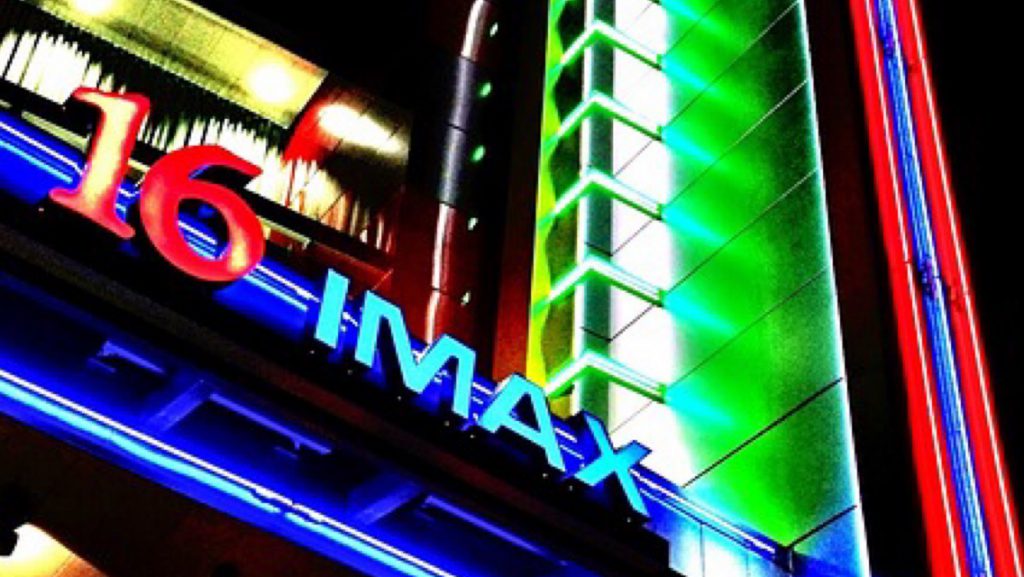Harold Stark, writing on Forbes, believes that Snapchat and Facebook are Going to Change Television Forever.

He’s wondering about the data social networks gather on their users and how it could inform media programming:
“Social media platforms such as Facebook, Snapchat, Instagram and Vimeo already invest billions of dollars each year in order to gather data on their users. Just imagine what would happen if all these social media organizations were to implement their stacks of user-sensitive data to create the perfect television shows that users loved?”
And it’s already happening.
Facebook has begun Watch for shows “made up of episodes — live or recorded — [that] follow a theme or storyline.” They envision that:
“Over time, creators will be able to monetize their shows through Ad Breaks. We’ve been testing Ad Breaks over the past few months, and we will be slowly opening up availability to more creators to ensure we’re providing a good experience for the community. Creators can also create sponsored shows using our branded content tag.”
Sounds like TV and TV commercials, no?
In the wings are Instagram, Snap and Vimeo. Plus, Apple.
My take: Television, be scared, be very scared.







